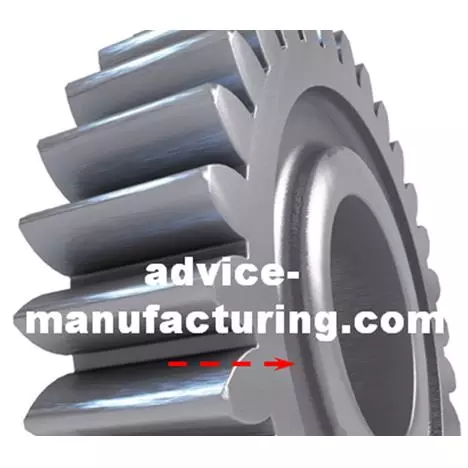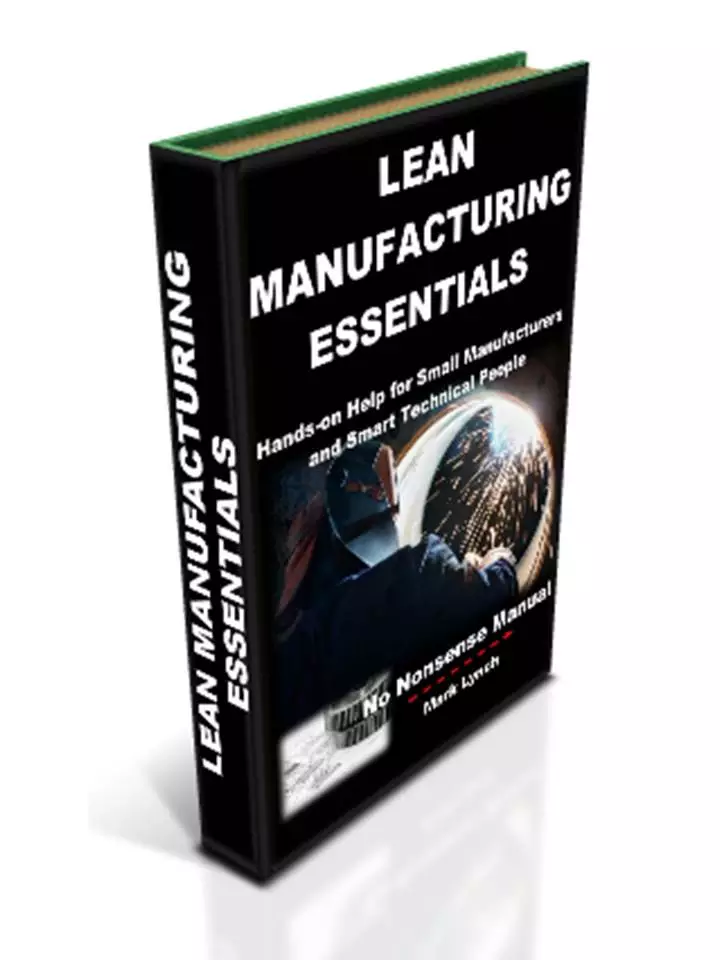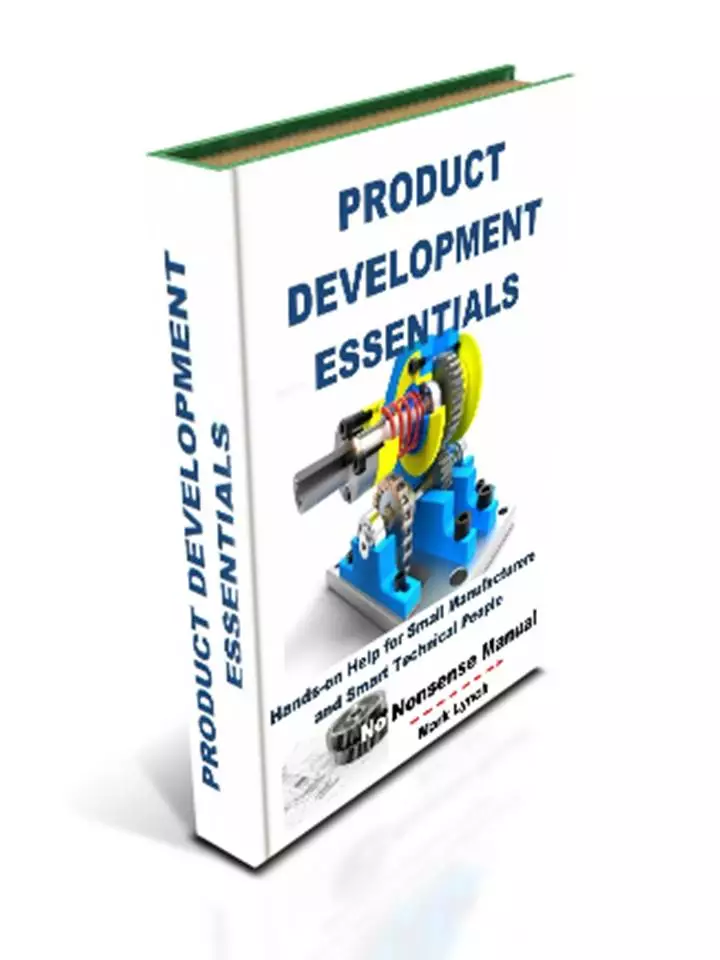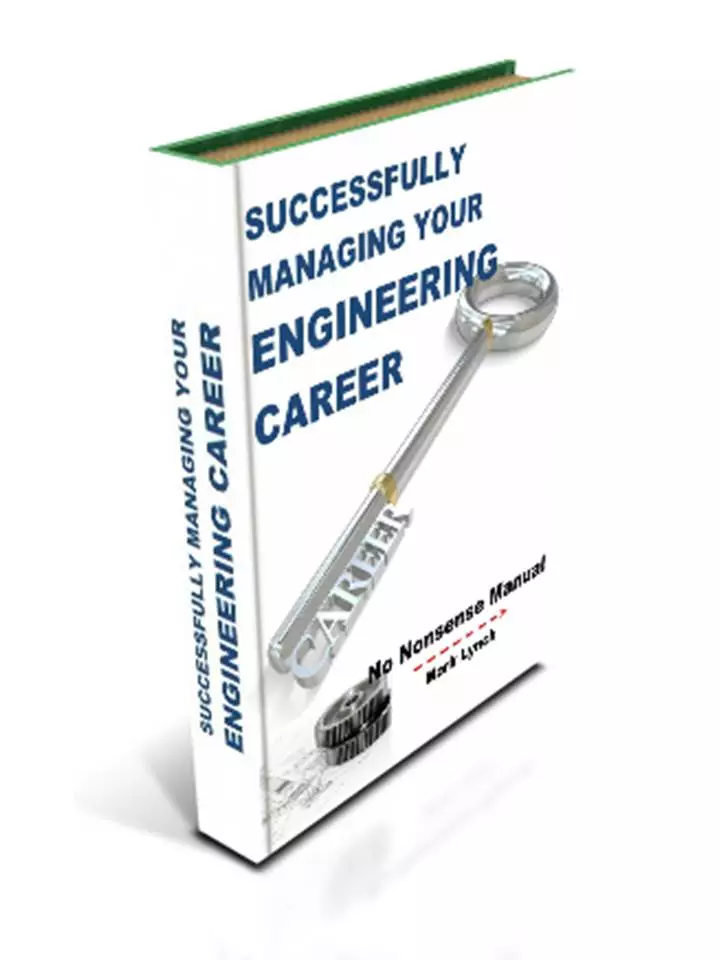'Hands-on Help for SMEs' and Smart Technical People'
Product Development Collaborative Research
So how do you ‘do’ R&D? In-house, Outsourced and Collaborative R&D
Essential Product Development for Engineers
Product Development Collaborative Research
So how do you ‘do’ R&D? In-house, Outsourced and Collaborative R&D
Firstly R&D requires new ideas on which to work. Ideas for investigation may come from any source. These may include the need for process improvements, novel materials, new technologies or alternative ways of doing things from different industries. On the other hand, good ideas may be derived from market research, industry trends, design engineers, production personnel, service and maintenance staff, customers, suppliers or even competitors. Proposals and suggestions from employees are often a rich source of R&D ideas.
Importantly, R&D activities should be backed by senior management, to obtain the resources and commitment required. R&D should be planned and form part of a strategy, which contributes to broader business objectives, ultimately leading to growth and profitability.
For small manufacturers, there are a number of options as to how you go about conducting R&D:
Product Development Collaborative Research
Undertaking R&D In-house
An R&D project or programme is established and staffed by dedicated engineers and technicians. They undertake investigation and development activities in-house using facilities and equipment within the business. Research activities may involve meetings and communication with other organisations, but ultimately the work is conducted on-site.
The proximity to engineers, managers and the other employees undertaking day-to-day business has the benefit of quick decision making and the programme of work remaining relevant and focussed on what the business needs. Product development can be accelerated by having access to employees with all disciplines.
An example of in-house R&D is productionising prototypes, through design-for-manufacturing techniques. Feeding the results and experience back into day-to-day tasks is relatively straightforward to do.
Internal R&D has a number of advantages, such as keeping all knowledge under lock and key, as well as building skills and know-how within the business. Any intellectual property developed during internal R&D is often the differentiator between you and your competitors. As such, it is something that should be encouraged.
A potential downside of undertaking internal R&D for small manufacturers is there will always be a temptation to ‘borrow’ knowledgeable, smart staff to help out with technical issues occurring in business-as-usual activities. After all, technical experts are a scarce resource.
For example, if they are on-site and there is a production problem where you need to ship product out of the door quickly because time is money, the temptation is to pull somebody out of R&D and resolve the immediate issue. Clearly, this will have a detrimental impact on the progress of the R&D programme, particularly if it happens frequently.
Product Development Collaborative Research
Outsourced Research and Development
External R&D takes the form of outsourcing research and development activities to organisations such as universities, test houses, research establishments and other research-based businesses. Undertaking R&D ‘offline’ enables small manufacturers to get on with the day-to-day business without distraction or diverted resources. Additionally external organisations may have more suitable facilities and equipment, together with skills, experience and expertise.
Undertaking R&D externally does require formal contracting-out, including a specification and a clear understanding of what you expect to get for your money and by when. Clear lines of communication, together with defined project milestones and deliverables, may all help manage the work. Make sure you can interpret any investigation results. Finally, it will be necessary to establish who owns what intellectual property, which may result from research. This may include information, parts and prototypes.
Disadvantages of outsourced R&D include the potential cost and a greater risk of intellectual property leaking into the wrong hands. Also the opportunity to develop skills and experience with your own employees is less than with internal R&D, as less people in the host business are in contact with the outsourced research supplier. Related to this, is the actual knowledge transferred back to the host company. Knowledge transfer may not be as efficient and the company may not benefit as much compared to internal R&D. This is because fewer people are involved and ready to act on the research results.
As mentioned previously R&D is inherently risky and can be costly. Collaborative R&D is an alternative approach, which shares the risks and costs of research between two or more parties. Some of the advantages of both internal and external R&D are achievable. Each participant can play to their strengths, bringing their assets and capability to bear.
However, some consideration must be given to intellectual property ownership; together with the concern aspects of the research potentially may be available to potential competitors. This is particularly true if universities are involved and their preference is to publish results. Finally, collaborative R&D is supported by a range of government backed initiatives, often with financial assistance available for small manufacturers.
Product Development Collaborative Research
R&D on a Budget - Luke Dicken (Casual Connect)
Next... Practical Tips for Managing R&D
Back to Product Development Essentials
When was the last time your business developed a NEW product? ...Or is 'Product Development' too far removed from your core Production Engineering activities?
Does your firm have a clear product development process, with a number of new products released to date? ...Or alternatively, do you think bread and butter production engineering is really what matters? Tell us about your product development experiences...
Share your story...and receive a FREE copy of our report 'Helping Your Manufacturing Business Thrive'...
PS: Feel free to name-drop your firm! There's nothing wrong with a bit of free publicity!











